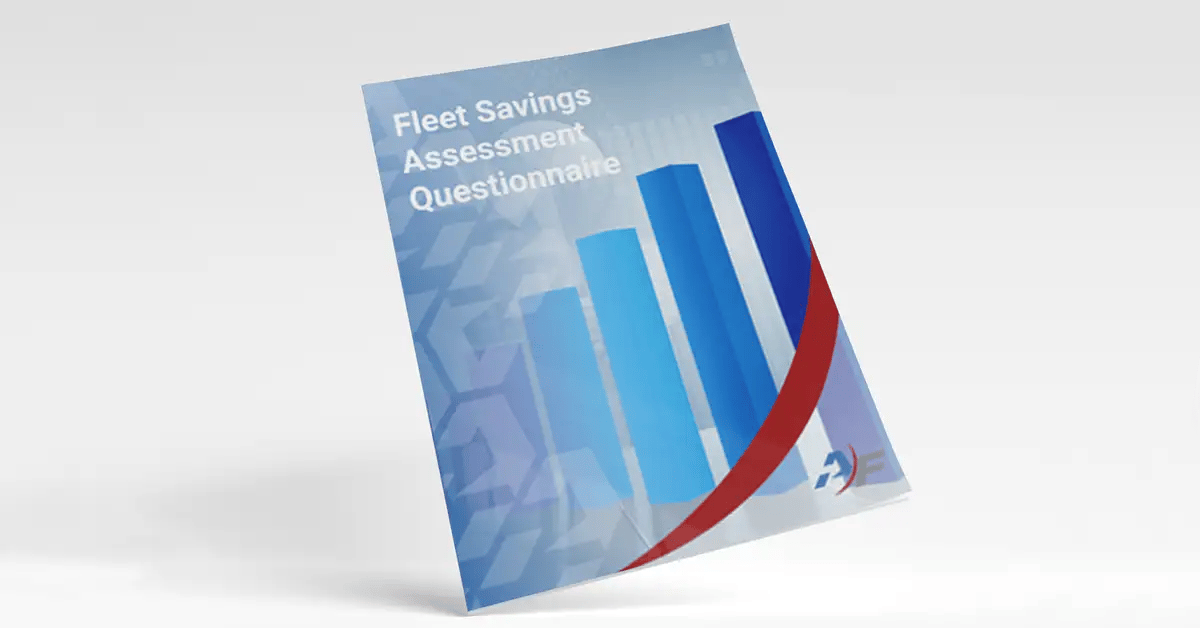Fleet Management FAQs
Got a Question? We’ve got an answer.
Explore our FAQs to find answers to common questions about our solutions.
Why is fleet risk management important?
Why is fleet risk management important?
Fleet risk management is crucial for minimizing potential risks associated with fleet operations, including accidents, liabilities, and financial losses. Effective risk management ensures the safety of drivers and the public, protects assets, and can significantly reduce costs related to insurance, claims, and downtime.
How can fleet risk management solutions reduce insurance costs?
How can fleet risk management solutions reduce insurance costs?
Implementing comprehensive risk management solutions can lead to safer driving practices, fewer accidents, and reduced claims. Insurance companies often offer lower premiums to organizations that demonstrate a commitment to safety and risk reduction through such solutions.
What are the key components of an effective fleet risk management program?
What are the key components of an effective fleet risk management program?
Key components include driver training and safety programs, regular vehicle maintenance and inspections, accident reporting and analysis, compliance with regulatory requirements, and the use of technology to monitor driver behavior and vehicle performance.
Can technology play a role in fleet risk management?
Can technology play a role in fleet risk management?
Yes, technology such as telematics, GPS tracking, and driver behavior monitoring systems can provide real-time data to identify risky driving practices, monitor vehicle health, and improve overall fleet safety and efficiency.
What steps can organizations take to implement a fleet risk management strategy?
What steps can organizations take to implement a fleet risk management strategy?
Organizations should start by assessing their current risk exposure and identifying areas for improvement. This involves analyzing past incidents, reviewing safety policies, and engaging with drivers. Implementing targeted interventions based on this analysis, such as driver training or vehicle upgrades, and continuously monitoring and adjusting the strategy based on performance and feedback, are also crucial steps.




